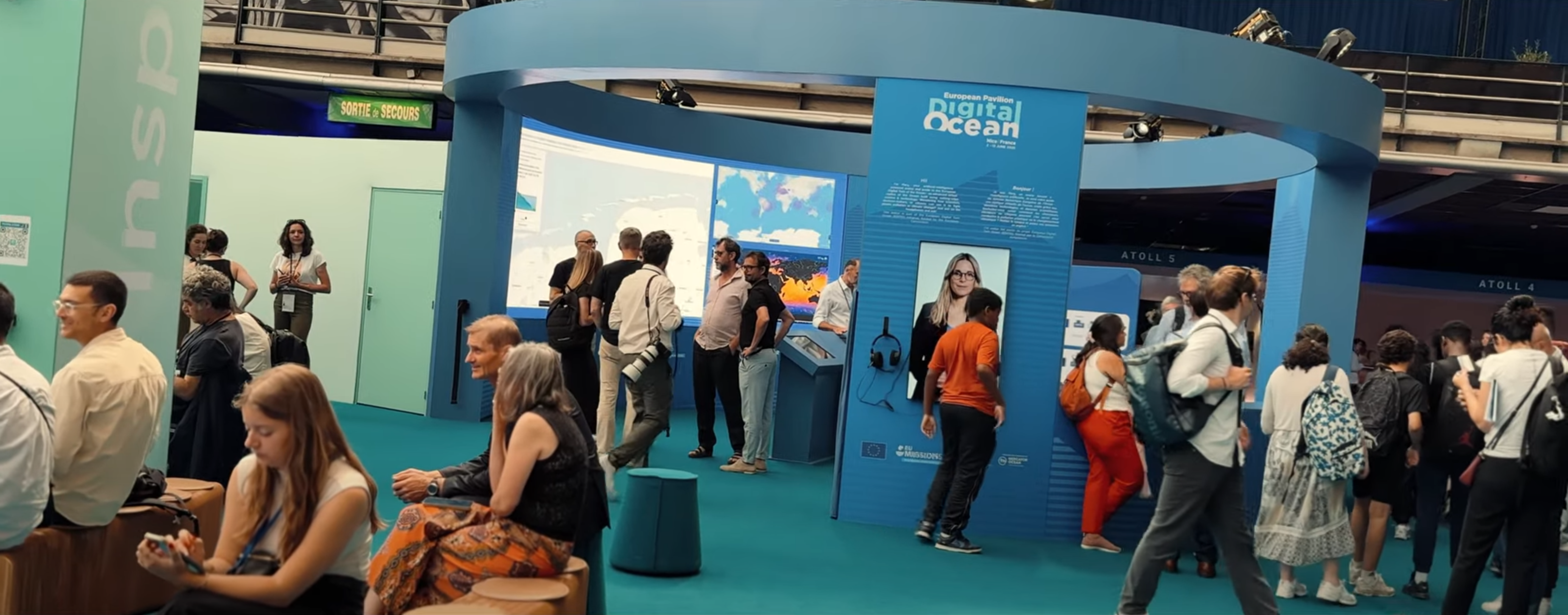
- This event has passed.
EDITO-Model Lab Hackathon: The next wave of ocean innovation

The EDITO-Model Lab Hackathon was officially launched at the 2025 UN Ocean Conference in Nice, marking a major step in building a community around the European Digital Twin Ocean. This four-month sprint is the largest among the various capacity-building actions of the EDITO-Model Lab project, bringing together dozens of intermediate users from across Europe, including numerical modelers, programmers, pure researchers, and data scientists.
Participants are working with the EDITO platform to develop new Focus Applications for real-world scenarios, from predicting oil spills to tracking marine plastic. This initiative isn’t just about expanding technical skills; it’s about creating a thriving community that will continue to drive the uptake of EDITO beyond the project’s lifespan.
These Focus Applications for intermediate users complement the added value of EDITO-Model Lab which also produced various What-if Scenarios for end users (policymakers, applied researchers, innovators, blue economy actors, and the society at large) to simulate the impacts of concrete ocean and coastal actions.
Please stay tuned for more details on the hackathon’s final event where the participants will showcase their results.
